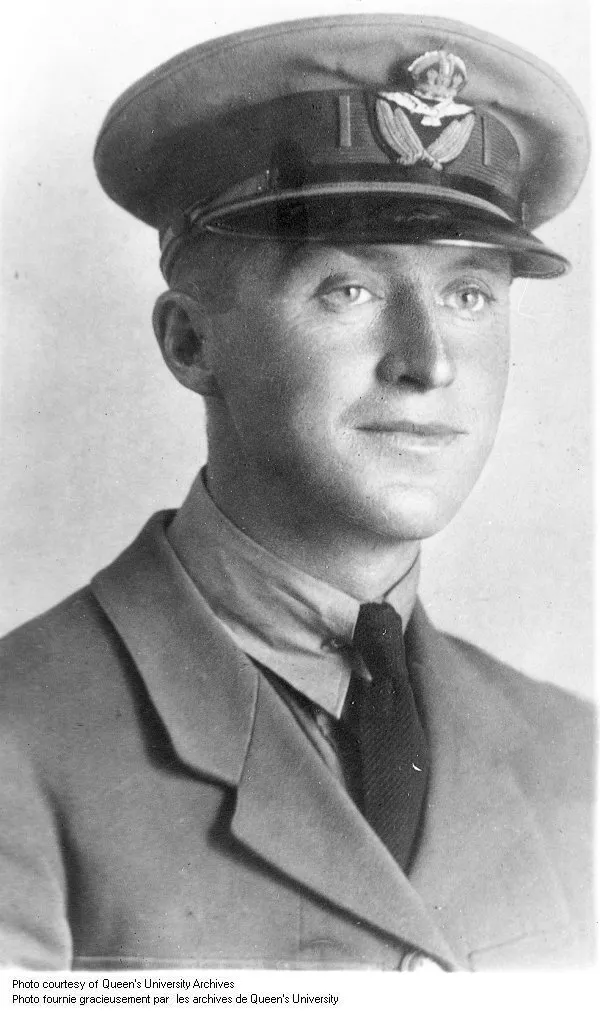Sopwith Camel

The Sopwith Camel became the most successful British fighter of the First World War. The Sopwith F.1 and 2F.1 Camel first went into operations on the Western Front in 1917 and then served in virtually every theatre of Royal Flying Corps (RFC), Royal Naval Air Service (RNAS) and Royal Air Force (RAF) service. Several Canadian aces used the Camel as their mount. The Camel was very manoeuvrable, and it could be tricky to fly in the hands of a novice pilot. For experienced pilots, however, the aircraft proved to be a superb fighter.
The Camel's machine-guns were mounted on the forward fuselage with their breeches enclosed in a faired metal cowling "hump" that gave the Camel its name. Several Camels were also shipped to Canada in the post-war period as part of an Imperial gift. Three registered Sopwith F.1 Camels entered service with the RCAF at Camp Borden in 1924. The following year, the RCAF purchased seven additional aircraft to provide further spares for the active aircraft. These latter aircraft were in fact 2F.1 models that had been "navalized" variants. Used primarily by wartime experienced fighter pilots for refresher training, the Camels lasted another five years before finally being scrapped. Wikipedia
 Sopwith Camel - Kestrel Publications
Sopwith Camel - Kestrel Publications




 Canadian Virtual War Memorial
Canadian Virtual War Memorial Moosomin, Saskatchewan (parents)
Moosomin, Saskatchewan (parents) Sopwith Camel
Sopwith Camel Wikipedia Sopwith Camel
Wikipedia Sopwith Camel Harold A Skaarup Web Page
Harold A Skaarup Web Page